Experience Studio III: Microsoft
Duration
4 Months (Fall Semester)
Contributions
Team Leader
Primary Research
Secondary Research
Prototyping
Teammates
Shantanu Kashyap, Emily Zaretzky, Jiwon Lee, Katherine Barrientos Moreno, Anika Anthony
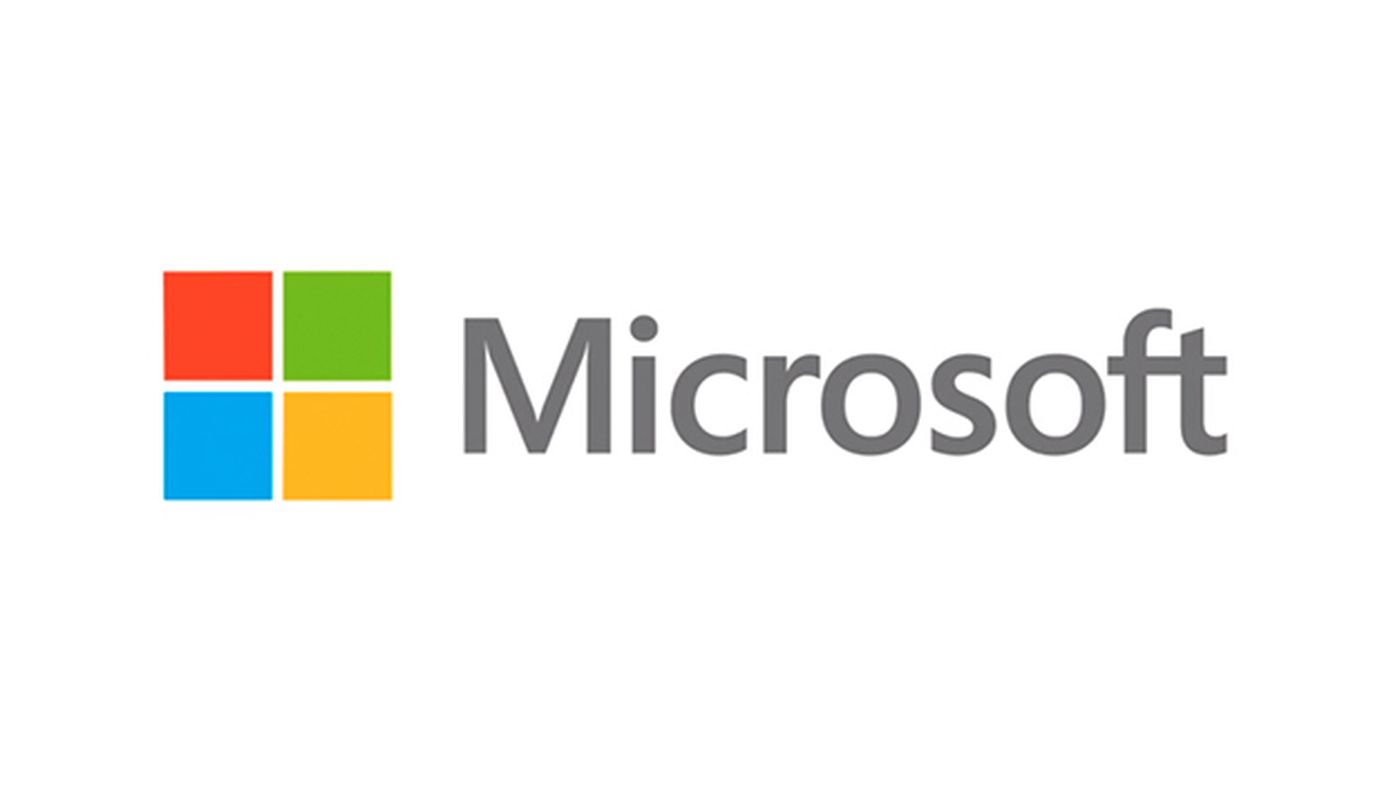
About Microsoft:
Microsoft is a technology company that develops, manufactures, licenses, supports, and sells computer software, consumer electronics, personal computers, and related services.
Project Brief and statement
This semester, our team worked with Microsoft to create an integration into Microsoft Teams to help students find resources and build career skill sets to forward their career goals. This project focused on exploring new layouts, content organization, and sharing patterns to provide an engaging experience centered around career progression.
Problem Statement: College of Liberal Arts (CLA) students who attend STEM schools need help in making educated decisions towards their career because CLA majors are too broad and students find it difficult to narrow down what job titles fit their skill sets and interests.
Primary User Group
College of liberal arts (CLA) undergraduate students at predominantly STEM schools, who are beginning their professional careers and need resources and tools to get there.
Design Process
How we got to our final design:
Step one:
We began our project off by conducting comparable analysis in order to see what existing products were out there. We were provided a list of websites from our sponsor, from which we categorized our information into four different areas (content structure, learning content, networking, skills/jobs) and noted their strengths and weaknesses.
Step four:
Using the findings and takeaways from secondary research, interviews, and codesign, we were able to begin ideating on the design of our proposed solution. This was done through sketching rounds where recurring features and layouts were compiled into one, cohesive prototype.
Step two:
We dove straight into interviews in order to learning how undergraduate experiences transfer to students who graduated, understanding what motivates traditional college students to use networking and supplemental learning materials, and learning the differences between STEM and non-STEM experiences. These insights helped us narrow down to our primary user group.
Step five:
Testing was conducted to understand how users walked through the process of using the site. Their comprehension of the existing tools and features were also evaluated by having them explore the low fidelity prototype. These testing insights were useful and were used to make adjustments as needed.
Step three:
After narrowing down to our user group, we decided to dig deeper and gain more knowledge on who are designing for by conducting additional secondary research on what the struggles of being a CLA student finding a career are, seeing how CLA students are currently being represented at career fairs, and what resources they currently have. We also conducted a virtual co-design workshop to analyze more on specific struggles of CLA students.
Step six:
With the feedback that we received, we decided to create a higher fidelity design of wireframes by using the Microsoft Fluent Library (which was provided to us by our sponsor).
Final Solution
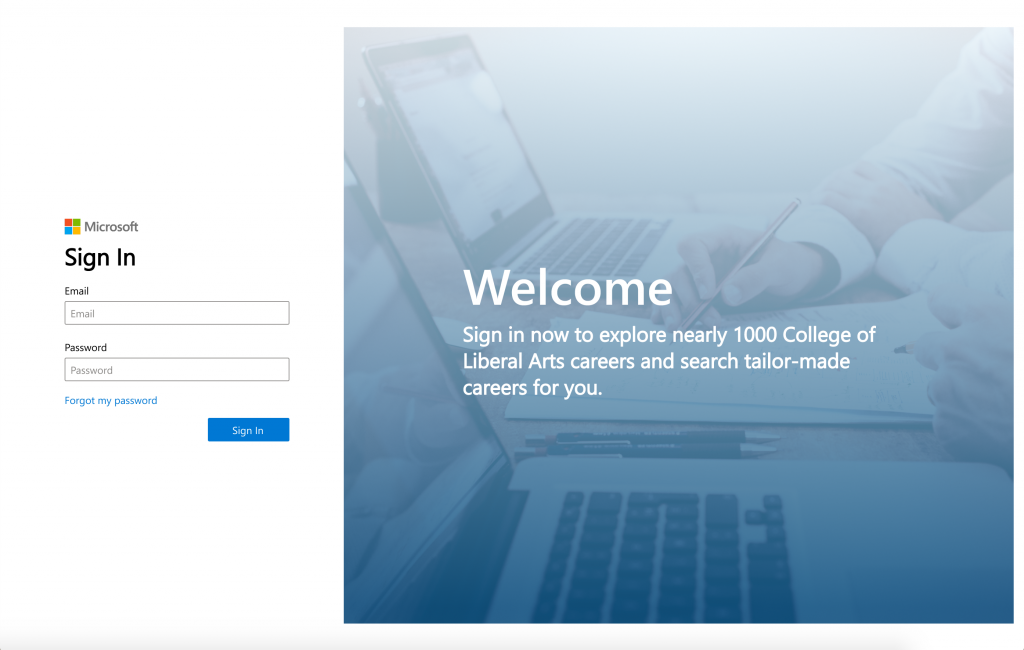
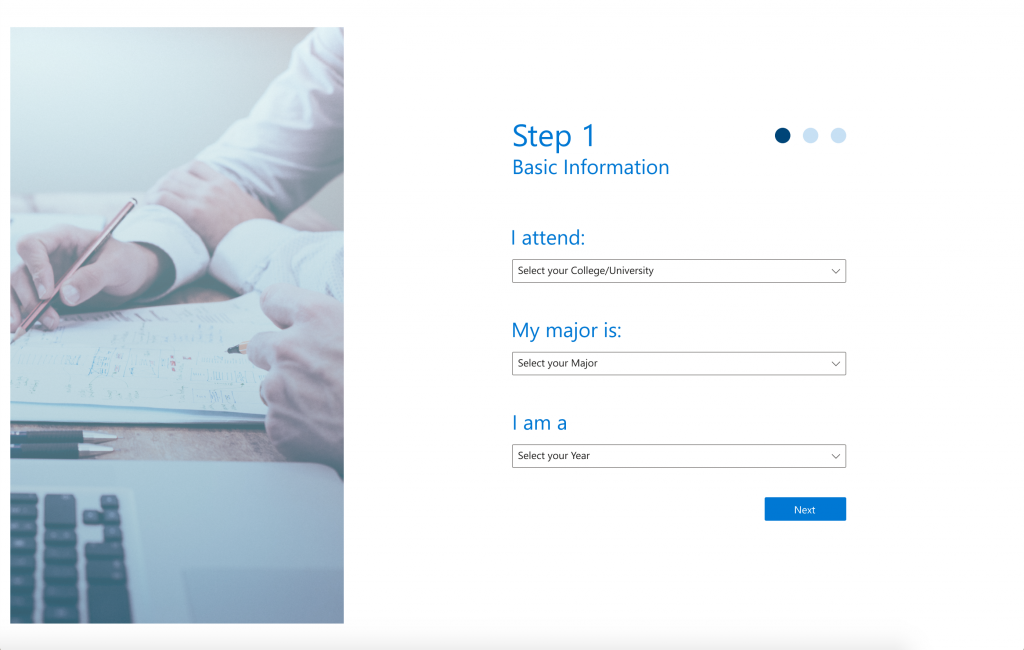

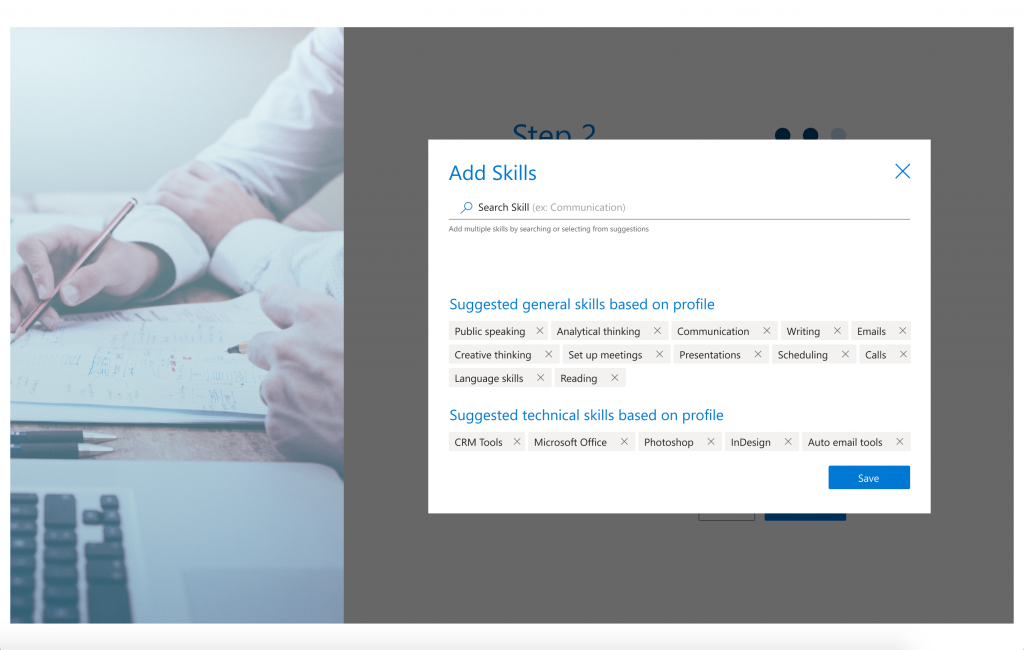
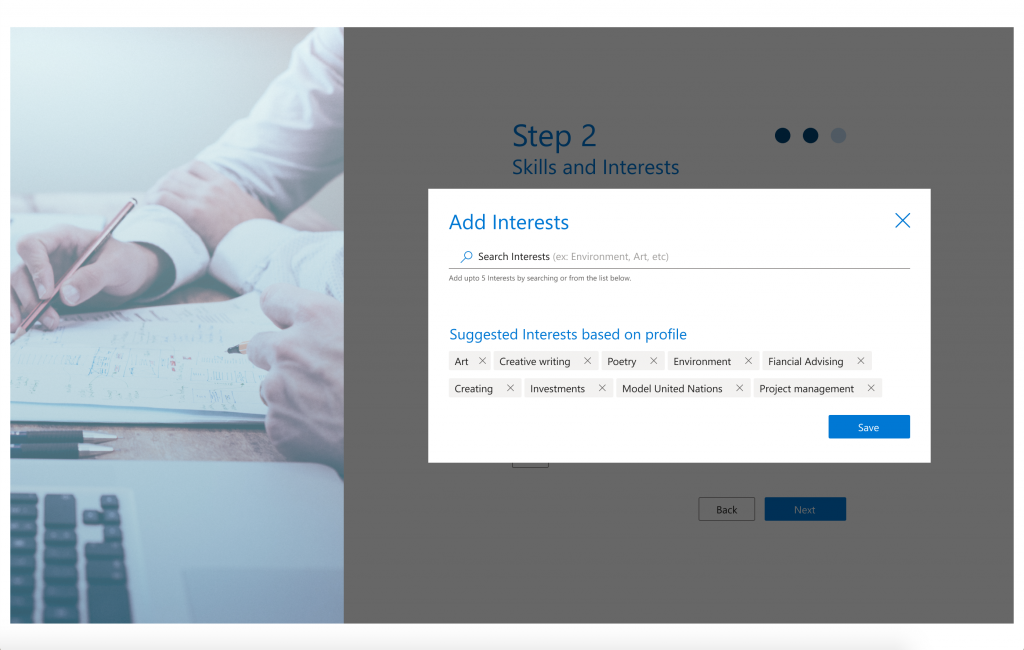
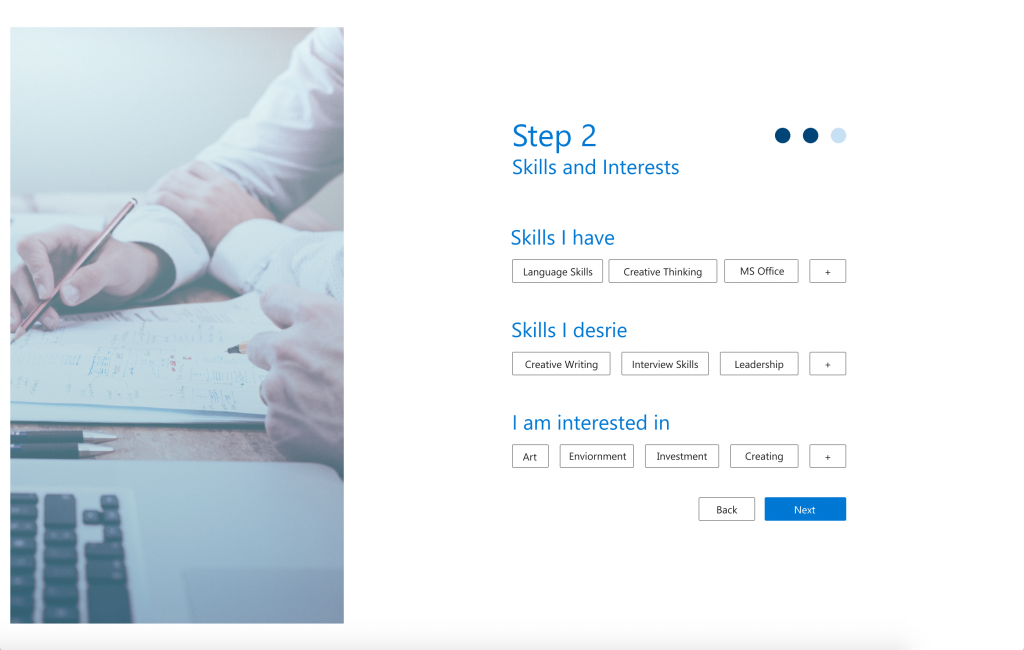
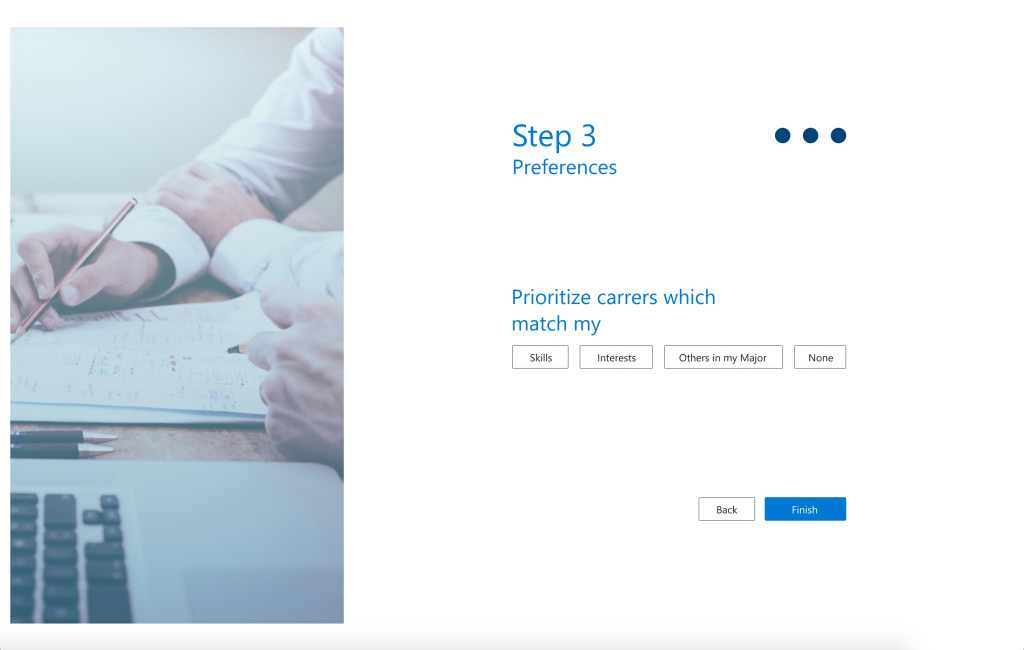
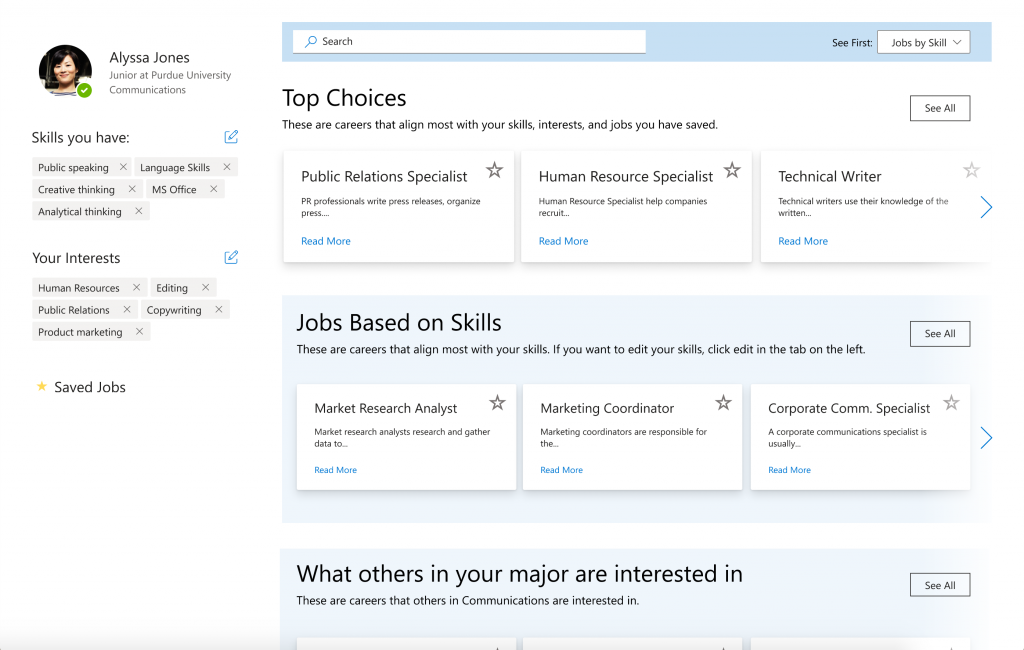


Want to read the full design
process:
Click the button below to read our fully design process and explanation on our entire final prototype. In this documentation, you will get to read about how our research and ideation got us to our design and why we went with the solution that we produced.
